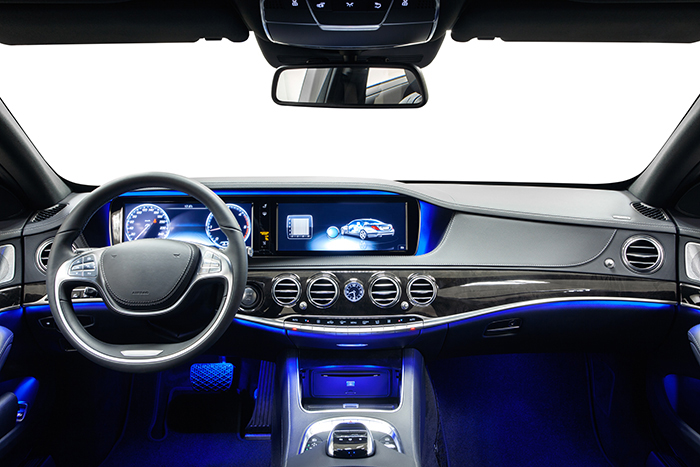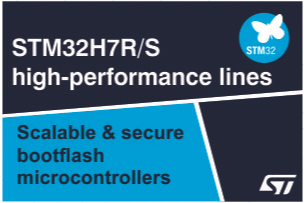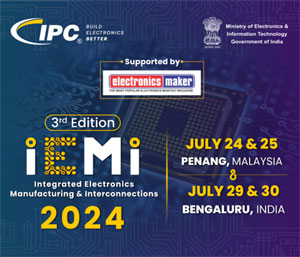By David Andeen, Applications Director, Core Products Group, Maxim Integrated
When my 6-year-old son asked me recently if a car was wireless, he gave me something to think about. People do now consider cars as the wireless devices of the future. But, I would’ve been crazy to tell my son that a car was actually wireless. Instead, I explained to him that a car has lots of wires on the inside to deliver power to window motors and perform other functions, but it doesn’t have wires to communicate to the outside world.

Many people consider wireless as the communications of the future, because, in our everyday lives, we communicate using broadband cellular and Wi-Fi. However, let’s think about wireless in the context of the device that we are using.
Consider the smartphone, which uses many radios to communicate to the outside world. However, it doesn’t use wireless technology to communicate between the battery and the applications processor. That would be absurd because putting tiny radios within a phone for intra-system communication would be far too expensive and would compromise system performance. What about cars? Cars already use wires for various cameras to communicate to the central computer. Will cars someday feature wireless communication between vehicle sub-systems?
In any system, design decisions eventually come down to tradeoffs. Is system performance sufficient? What is the cost, size, and power consumption of one solution over the other?
All of this brings us to wired communication. For decades, engineers have developed and implemented various wired communication solutions. Anyone over 30 certainly remembers RS-232. Even though RS-232 seems old and dated, it still provides excellent wired communication in applications where it makes sense.
Another one is RS-485, which has persisted for decades and continues to grow. The success of this interface is not necessarily due to its legacy. The fact is, RS-485 is a great solution that meets engineering requirements for many applications, and will continue to do so.
Now, let’s take a look at building automation, a great example of an internet of things (IoT) application. An advanced building automation solution will likely have a variety of sensors in a room to control temperature, count people, adjust window blinds, increase oxygen levels, and so on. Do these sensors need to move around? Should these sensors be fitted with Wi-Fi radios and batteries, making them subject to intermittent failures in Wi-Fi and outages when the batteries run out? Does the cost of implementing a radio system provide performance advantages that outweigh this cost? You can see where I’m going with these questions, and the case becomes even stronger for industrial installations with motors and other sources of electrical noise.
So, it’s time to remind ourselves that, even though the world is becoming increasingly wireless, there’s still an important role for wired interfaces. Maxim continues to develop wired interface solutions that cover a variety of protocols, speeds, electrostatic discharge (ESD) protection levels, voltage levels, and protections. These transceivers enhance system reliability and robustness. If these solutions are new to you, or you haven’t considered them in a while, take a look at our new wired interface tutorial.As engineers, we’re charged with implementing the right system (not always the latest), and wired communications are the right answer in so many of today’s applications.






